
Sword-and-sandal, also known as peplum, is a subgenre of largely Italian-made historical, mythological, or Biblical epics mostly set in the Greco-Roman antiquity or the Middle Ages. These films attempted to emulate the big-budget Hollywood historical epics of the time, such as Ben-Hur, Cleopatra, Quo Vadis, The Robe, Spartacus, Samson and Delilah and The Ten Commandments. These films dominated the Italian film industry from 1958 to 1965, eventually being replaced in 1965 by spaghetti Western and Eurospy films.

Umberto Lenzi was an Italian film director, screenwriter, and novelist.

Tomas Milian was a Cuban-born actor and singer with American and Italian citizenship, known for the emotional intensity and humor he brought to starring roles in European genre films.
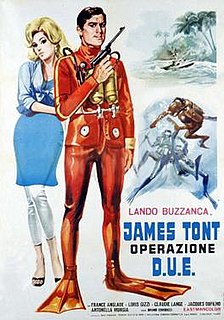
Eurospy film, or Spaghetti spy film, is a genre of spy films produced in Europe, especially in Italy, France, and Spain, that either sincerely imitated or else parodied the British James Bond spy series feature films. The first wave of Eurospy films were released in 1964, two years after the first James Bond film, Dr. No, and in the same year as the premiere of what many consider to be the apotheosis of the Bond series, Goldfinger. For the most part, the Eurospy craze lasted until around 1967 or 1968. In Italy, where most of these films were produced, this trend replaced the declining sword and sandal genre.
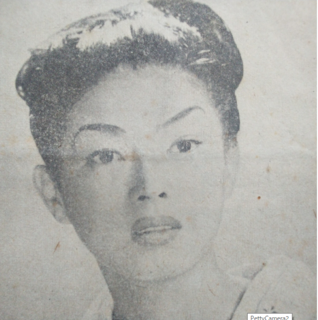
Yoko Tani was a French-born Japanese actress and nightclub entertainer.

Super Seven Calling Cairo is a 1965 Italian Eurospy film directed by Umberto Lenzi and adapted from his own novel of the same name written under the pseudonym "H. Humbert". It stars Roger Browne as the titular secret agent opposite Fabienne Dali, Massimo Serato, and Rosalba Neri. Shot mostly in Egypt, the film is heavily inspired by the early James Bond films starring Sean Connery. It is followed by The Spy Who Loved Flowers in which Browne reprises his role as Martin Stevens, and Lenzi returns to write and direct the film.

Umberto Lenzi was an Italian film director whose filmography encompassed a ranges of genres across a prolific career. Born in Massa Marittima, Tuscany, Lenzi studied law before enrolling at the Centro Sperimentale di Cinematografia in Rome. As part of his studies, he wrote and directed the short film Ragazzi di Trastevere, based on Pier Paolo Pasolini's novel Ragazzi di vita. During this time, he worked as a film critic for the Centro's journal Bianco e Nero, and was an avid follower of both European and American films, favouring the work of directors John Ford, Raoul Walsh, and Michael Curtiz.
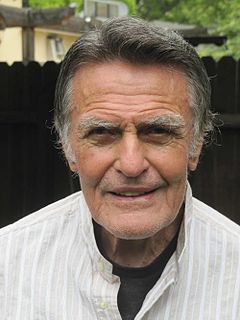
Roger Browne is an American actor known best for his work in the peplum and Eurospy films popular in Europe in the 1960s and 1970s.

Gang War in Milan is a 1973 Italian poliziottesco film directed by Umberto Lenzi.

Kriminal is a 1966 superhero film directed and written by Umberto Lenzi. The film is about a thief and murderer called Kriminal who escapes from a prison and is chased after by Inspector Milton. It was followed by a sequel, Il marchio di Kriminal.
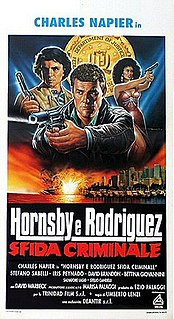
Mean Tricks is a 1992 crime thriller film produced in Italy and directed by Umberto Lenzi. Released in 1992, it starred Charles Napier, David Warbeck and Stefano Sabelli. It was shot between Kinepolis Studios in Rome, Santo Domingo and Miami.

Oasis of Fear is an Italian giallo film directed by Umberto Lenzi and starring Irene Papas, Ornella Muti and Ray Lovelock. It was produced by Carlo Ponti.

Manhunt in the City, also known as The Manhunt, is a 1975 Italian poliziottesco film directed by Umberto Lenzi. It was co-written by Dardano Sacchetti and has a score by Bruno Nicolai.

Last Man to Kill is a 1966 Italian-French crime-spy film written and directed by Umberto Lenzi and starring Roger Browne, Erika Blanc and Dakar. The Italian title translates as A Million Dollars for Seven Killers. It was the fourth and last spy film directed by Lenzi.

Operation Poker is a 1965 Italian-Spanish spy film produced, written and directed by Osvaldo Civirani. The first choice for the main role was Ken Clark, who was replaced by Roger Browne a few days before the start of filming. It was mainly shot in Copenhagen.
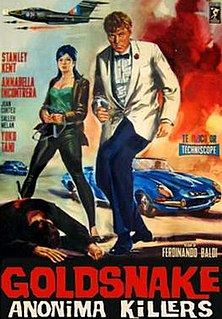
Suicide Mission to Singapore is a 1966 Italian-Spanish-French Eurospy film written and directed by Ferdinando Baldi. It was the first role as absolute protagonist for Stelio Candelli, who shortly before had appeared in another spy film, Secret Agent 777, as a villain. The theme song "Goldsnake" is performed by Iva Zanicchi.

Desperate Mission is a 1965 Italian-Spanish-French Eurospy film directed by Roberto Bianchi Montero and starring Germán Cobos. It had a sequel in 1967, Blueprint for a Massacre.
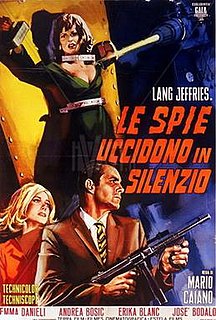
Spies Strike Silently is a 1966 Spanish-Italian Eurospy film written and directed by Mario Caiano and starring Lang Jeffries.
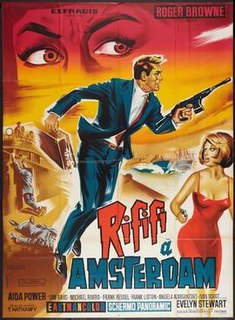
Rififi in Amsterdam is a 1966 Italian-Spanish crime-adventure film directed by Sergio Grieco and starring Roger Browne.

Ursus and the Tartar Princess is a 1961 Italian-French peplum film written and directed by Remigio Del Grosso and starring Yoko Tani and Ettore Manni.



















